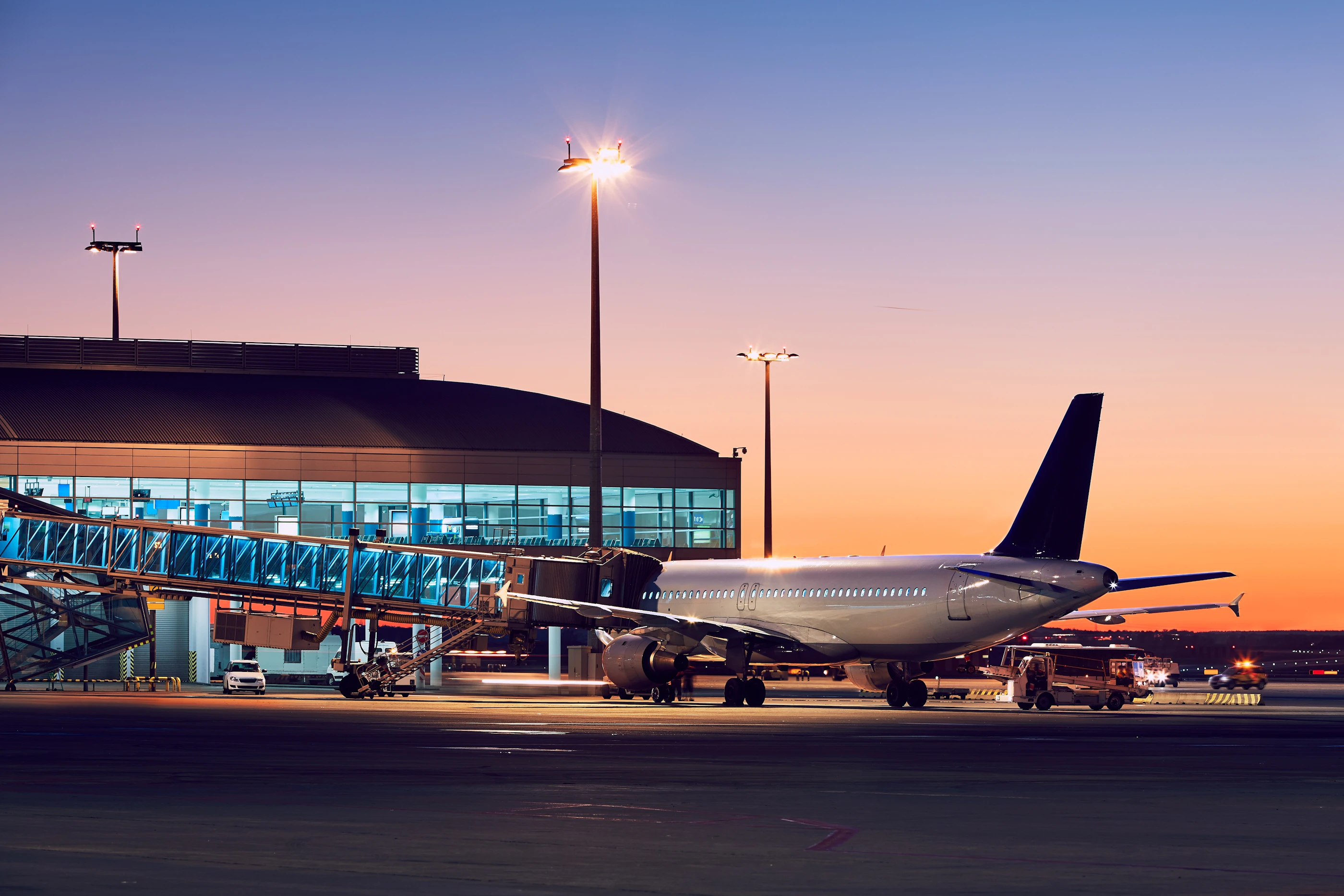
Adaptable tech which won't take flight - ISJ
The aviation industry is almost back to pre-pandemic passenger numbers and air transport seat capacity, according to the United Nations International Civil Aviation Organization1. With passenger revenues at nearly three quarters (72%) of 2019 levels, the industry seems firmly on the path to recovery. As flights and freight soar, airports have become busy, bustling places again, which helps fuel national economies and the airlines’ profitability.
However, with rising passenger numbers, staffing issues and constant security threats, airport security has become more complex and challenging. It increasingly needs more advanced technology to maintain critical security standards and identify potential threats precisely and quickly.
Any disruption that grounds aircraft and impedes the flow of air traffic in and out of an airport can have a major impact on the industry’s profitability and reputation.

The smooth running of any airport can be interrupted by people or vehicles gaining unauthorised access to runways or any airside area as they attempt to enter the country illegally, smuggle or steal goods, and commit acts of vandalism or terrorism to the planes or the on-site infrastructure. Whilst not everyday events, they certainly do happen.
Several notable incidents have recently made the headlines, including a security breach at London Gatwick Airport, which had to be evacuated when passengers bypassed internal security and boarded a plane. There have also been breaches involving high-profile figures such as German Chancellor Scholz, who was hugged by a man who drove past perimeter security undetected. Airports have been closed, and flights cancelled when climate protestors at Heathrow and London City Airport have sat atop planes or on the runway.

